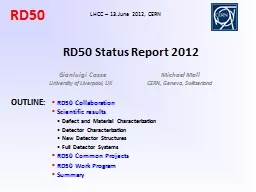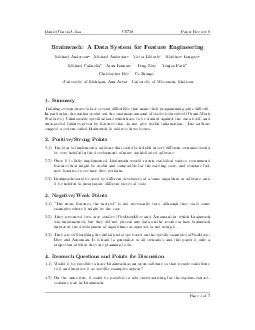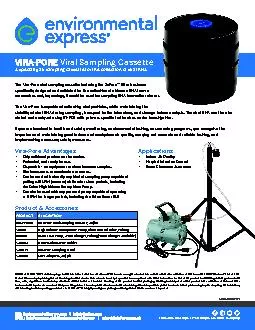PPT-Gianluigi Casse Michael
Author : enteringmalboro | Published Date : 2020-07-02
Moll University of Liverpool UK CERN Geneva Switzerland LHCC 13June 2012 CERN RD50 Status Report 2012 OUTLINE RD50 Collaboration Scientific results
Presentation Embed Code
Download Presentation
Download Presentation The PPT/PDF document "Gianluigi Casse ..." is the property of its rightful owner. Permission is granted to download and print the materials on this website for personal, non-commercial use only, and to display it on your personal computer provided you do not modify the materials and that you retain all copyright notices contained in the materials. By downloading content from our website, you accept the terms of this agreement.
Gianluigi Casse Michael: Transcript
Download Rules Of Document
"Gianluigi Casse Michael"The content belongs to its owner. You may download and print it for personal use, without modification, and keep all copyright notices. By downloading, you agree to these terms.
Related Documents














